Textile Testing Equipment
12/11/2021 2021-11-12 18:14Textile Testing Equipment
Textile testing is the process of discovering properties of various substances. Textile testing plays a vital role in the industry as it is through this process that one can easily determine the problems and faults of the machinery and materials. Aside from this, textile testing is also majorly necessary to reassure compliance with changing governmental safety regulations and in order to meet increasing consumer demand for high-quality textiles and apparel. The process of textile testing can be conducted adequately only when the lab is well equipped with the appropriate machineries.
Textile testing permits companies, consumer groups and the government to assure that the textiles are safe, of good quality, and that the customer is getting the satisfaction of the price paid for the product.. Textile products are not only made but also sent to various markets across the globe. The reason that testing of textiles is conducted is to ensure that there is no presence of any harmful, toxic or illegal sustance isn’t slipping through the regulatory cracks. This is also one of the reasons that the equipments used to test in the labs are to be off good quality. Here are the various textile testing equipments used in the industry for the same:
Fiber Testing:
Whether it is natural, or manufactured, if it is of a high length to width ratio along with the suitable characteristics to be processed into a fabric, even the smallest component such as hair like in nature can be segregated from a fabric.
Fiber characteristics:
- Identification
- Textile fiber properties
- Fiber fineness
- Fiber Length
Identification:
- Textile fiber properties
- Fiber fineness
- Fiber Length
- Fiber testing method:
As we know, for every fibre, the testing is different and require various equipments, here are some of the necessary equipments required for textile testing:
Microscope: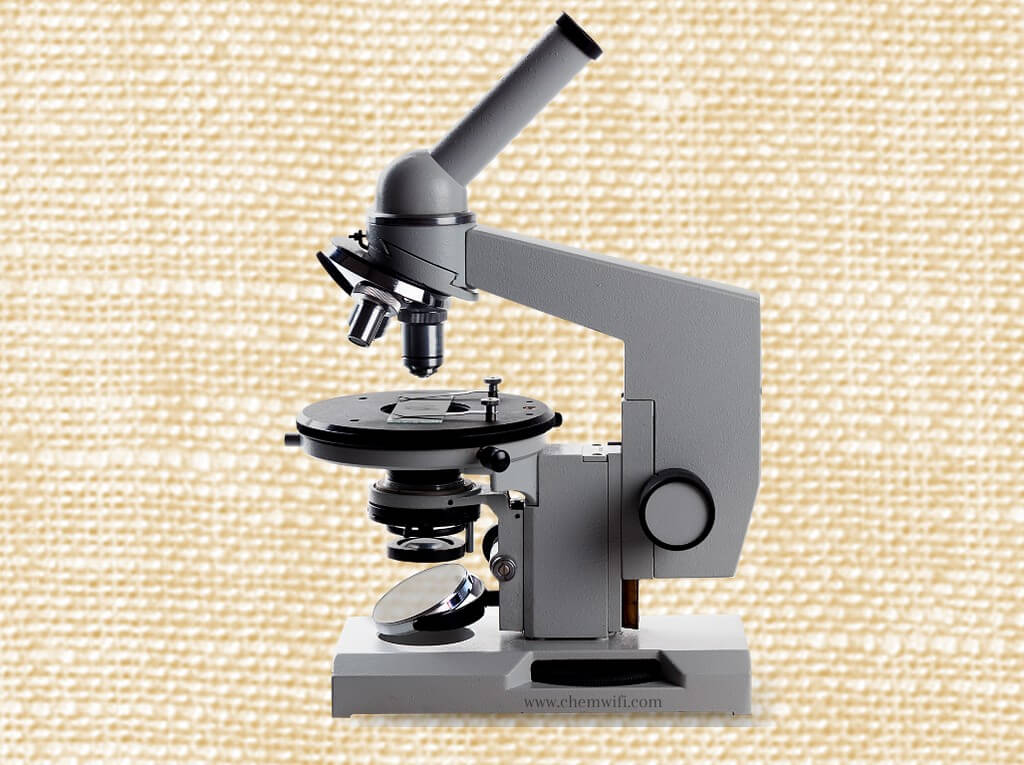
As we know, a microscope is used to closely analyse substances to understand their composition. We have seen this equipment used widely in the medical field, but every microscope is different and poses different qualities for various research. However, in the textile industry it is mainly used to understand the weave pattern with which the fabric is woven. It is also used to understand the structure of the fibre before it is processed into a fabric to understand the pattern that is best for the construction of the fabric.
Burning test:
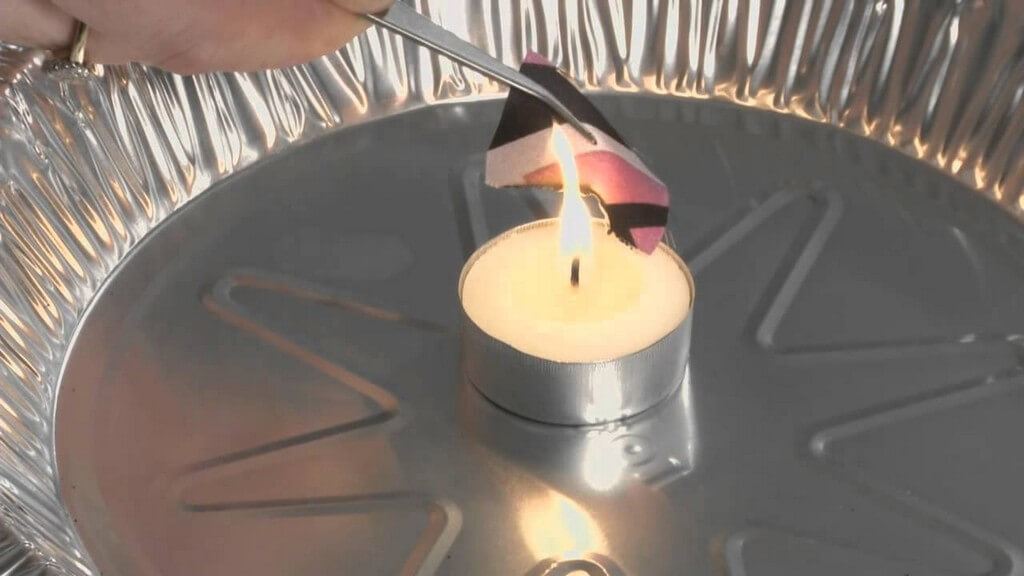 The fibre burning test is one among the popular methods of testing fibres. There are various kinds of fibres that portray different characteristics in the burning test. Therefore, based on the basis of the reaction and behavior of the fibre to the burning test, it is easy to identify the fibre and fabric composition.
The fibre burning test is one among the popular methods of testing fibres. There are various kinds of fibres that portray different characteristics in the burning test. Therefore, based on the basis of the reaction and behavior of the fibre to the burning test, it is easy to identify the fibre and fabric composition.
Chemical solubility test:
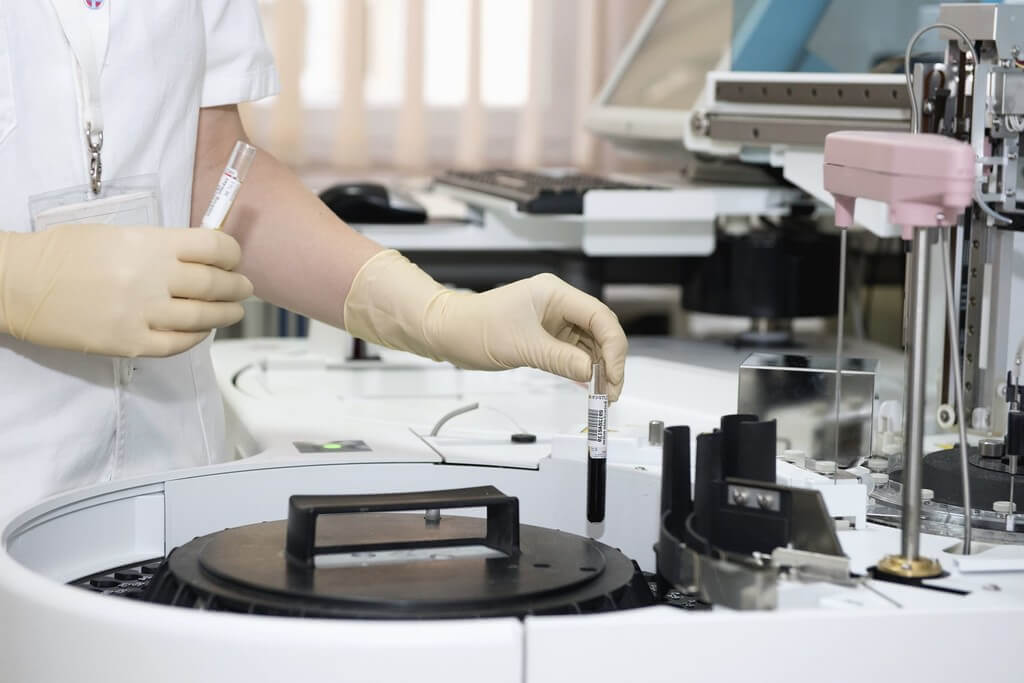 Though it is easy to identify fires through a physical test, chemical test, burning test density test and many more, it is only through a chemical solubility test that one can accurately determine the mix of fibre that can be constructed into a fabric.
Though it is easy to identify fires through a physical test, chemical test, burning test density test and many more, it is only through a chemical solubility test that one can accurately determine the mix of fibre that can be constructed into a fabric.
Comb sorter:
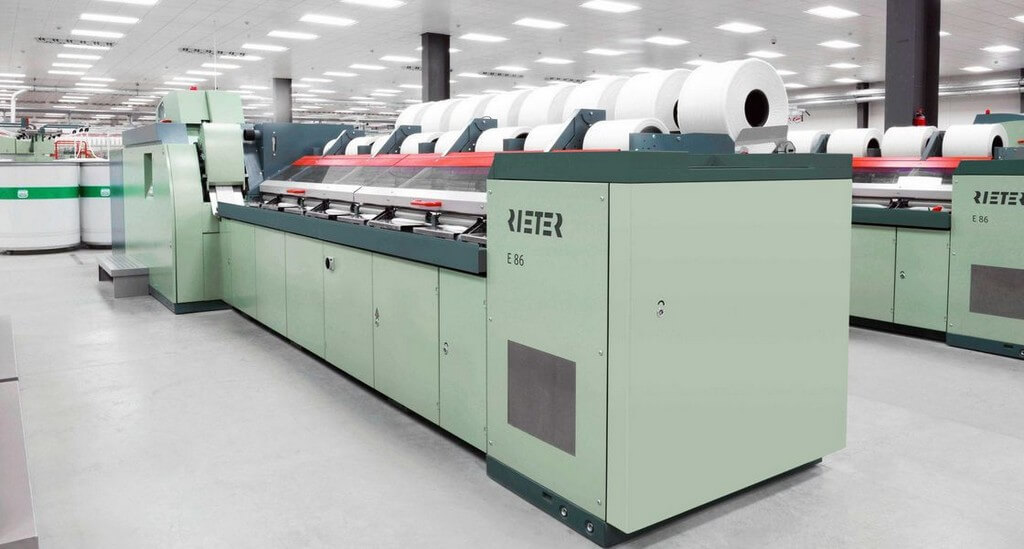 The comb sorter machine is used to determine the length of fiber. The fibres are classified as per the numerical sample projected by the machinery which can be further divided into length groups and be weighed. .
The comb sorter machine is used to determine the length of fiber. The fibres are classified as per the numerical sample projected by the machinery which can be further divided into length groups and be weighed. .
Yarn Testing:
Yearns occupy a mid-range role when it comes to the manufacturing of raw materials. Hence the results of the yarn are important in aspects of both quality assessment of raw material and quality control of the manufactured cloth.
Yarn characteristics:
- Yarn count
- Yarn twist
- Yarn strength
- Yarn evenness
- Tension meter
- Yarn friction
Yarn Testing Machine:
As we are aware, yarn testing is very critical. In order to test yarn samples, the equipment required is more expensive than any other testing equipment. Here some widely used yarn testing equipment along with their use:
Beesley’s Balance:
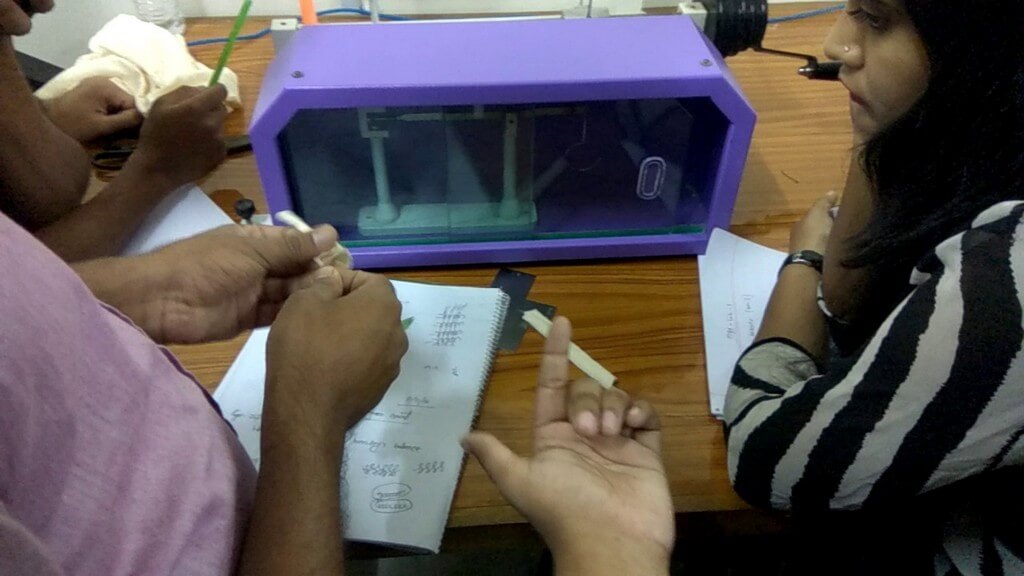 Beesley Balance is a laboratory testing machine which is utilised for yarn count directly during a 1 cm sq. sample material. It is a weighing scale which is meant on an aluminum shaft with two crystal bearings. The cut yearns need to be placed one by one on the aluminum beam which consists of stainless-steel hooks on each side and handy weight on another end. The entire construction of Beesley balance is on a metal box with a transparent window to view the test sample easily.
Beesley Balance is a laboratory testing machine which is utilised for yarn count directly during a 1 cm sq. sample material. It is a weighing scale which is meant on an aluminum shaft with two crystal bearings. The cut yearns need to be placed one by one on the aluminum beam which consists of stainless-steel hooks on each side and handy weight on another end. The entire construction of Beesley balance is on a metal box with a transparent window to view the test sample easily.
Twist tester:
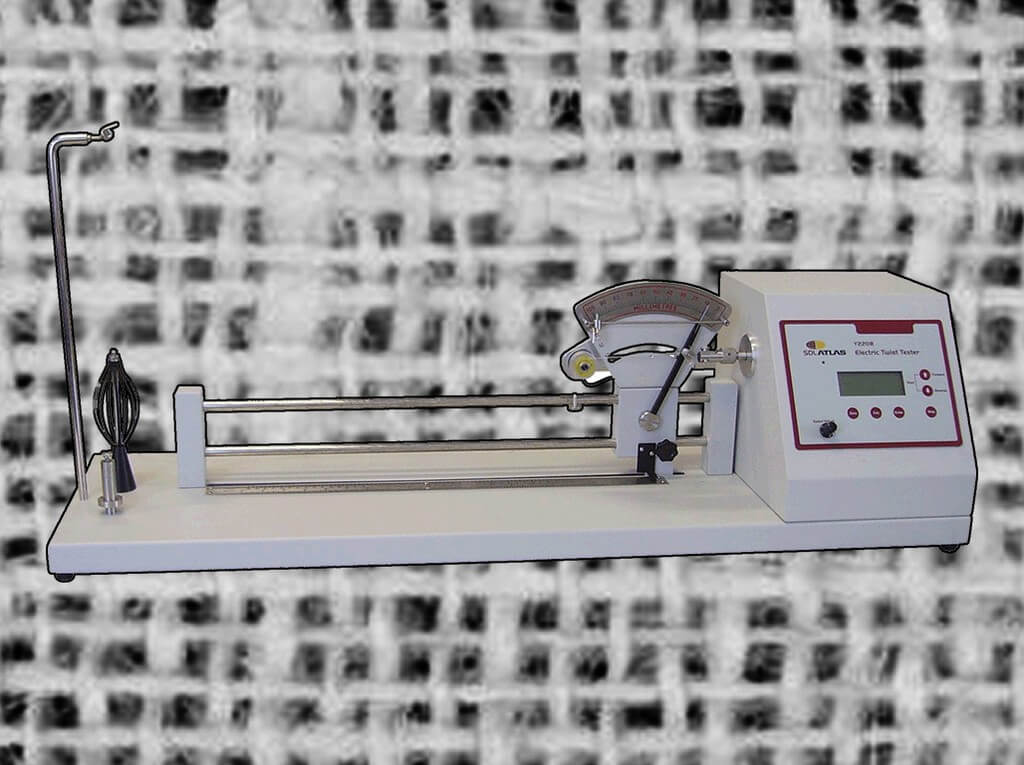 Twist is the estimation of the spiral turns given to a yarn in order to hold the element of the fibers on thread together.
Twist is the estimation of the spiral turns given to a yarn in order to hold the element of the fibers on thread together.
There are two types of twist direction as;
- S-twist
- Z-twist
Lea strength tester:
A lea strength tester measures the strength of 1 lea yarn. One lea means 120 yards. Strength may be a measure of the steady force necessary to interrupt a cloth and is measured in pound. The m/c works at a constant rate of extension. Assuming the specimen to be extensible and an absence of any dynamic effects.
Tension meter:
The tension in the moving yarn is very important to determine. This method calculates the load during yarn processing during the spin and winding cycle and is observed during the warping cycle. Yarn should be tested by the tension meter to be extremely sensitive to stress. When the measurement conditions are replicated, the instruments are very delicate, provide reproductive and reliable reading; therefore the right tension meter range should be chosen.
Fabric Testing:
Textile fabrics are manufactured for several different end uses, each of which has different performance requirements. The chemical and physical structures of textile fabric determine how it’ll perform, and ultimately whether it’s acceptable for a specific use. Fabric testing plays an important role in gauging product quality, assuring regulatory compliance and assessing the performance of textile materials. It provides information about the physical or structural properties and therefore the performance properties of the fabrics.
Fabric characteristics:
- Identification of fabric weight
- Resistance of fabric to friction
- Rubbing fastness on fabric color
- Water repellency of fabric
- Color fastness to sweat
- Color fastness to light
- Creases resistance of fabric
- Fabric strength
Fabric Testing Machine:
Common fabric testing equipments are described below:
GSM Cutter:
GSM means gram by square meter, and the weight of the textile which includes both knit, woven and non-woven is the designation, as the name implies. It’s a basic tool used to cut a tissue sample for the measurement of the gsm of the textile. The measurement of the fabric is 11.2 cm in diameter. The sample shall be measured and computed for GSM after cutting.
Pilling tester:
Abrasion resistance is referred to as resistance to friction of cloth. Pilling is a fabric defect that can be seen as a small ball of fiber or group of fibers that are secured by one or more fibers on the surface of the fabric. During wear and washing the pills are made, which means that the friction forces influence the materials during use. Abrasion and pilling of fabric results from the friction forces.
Crock meter:
Crock Meter is used to determine by abrasion process the discoloration of the teared cloth or teared leather. This test equipment is designed to monitor the rubbing color speed of any textile material. The amount of color transferred from one fabric to another is determined. The product is mostly used for textiles, such as teared, printed or coloured fabrics. The test is performed by rubbing the sample constantly against an undyed sample. The transferred color is then tested for a predefined gray size and the score is accordingly allocated. This test is done on two different stages of the fabric, once in the dry state and again repeated when wet.
Spray tester:
It is testing equipment which is employed to check the water repellency of a cloth sample. For testing a little shower of water is sprayed over the material which is kept at a particular angle. From there the quantity of water retained and soaked on the material is measured and compared from a predefined rating chart which is then graded accordingly.
Perspirometer:
Perspiration is usually liable for the change in color of the material. It’s testing equipment which is employed to work out color fastness of dyed or printed fabric against perspiration thanks to water, sea water etc. and sublimations during storage. It’s carried on by exposing the material sample to the action of the both acidic and alkaline medium during a controlled temperature and pressure along side an undyed sample.
Color fastness to light:
Light fastness or color fastness to light is that the resistance of the dyes or pigments used for coloration to tinting or change in color thanks to exposure in direct sunlight or any artificial light. Different end uses of cloth would require different levels of fastness towards the sunshine
Crease Recovery Tester:
Crease may be a fold in fabric introduced unintentionally at some stages of processing. Crease or crushing of textile material may be a complex effect involving tensile, compressive, flexing and torsional stresses. Crease recovery may be a fabric property which indicates the power of cloth to travel back to its original position after creasing.
Bursting strength tester:
This test is used to assess the strength of any fabric as a general guide. The sample is mounted in a mold in which pressure from the bottom of the fabric is applied that explodes after its threshold level. If a sample bursts, it records parameters such as speed, length and severity. In kPa, bursting force is usually quoted.
Textile testing in each export-oriented industry department, TTQC, is a very important work or process. Purchasers don’t want quantity but consistency. Quality of each content is preserved in every textile industry department. Because the quality of one material depends on the quality of another. If eligible fiber is input, for instance, good yarn will be output.













